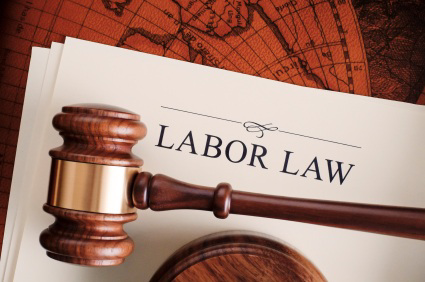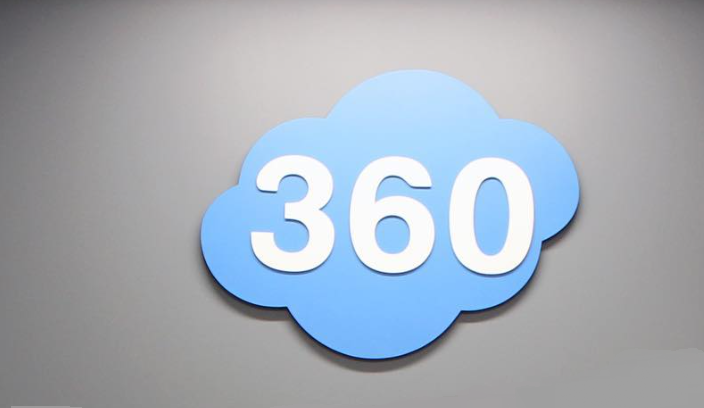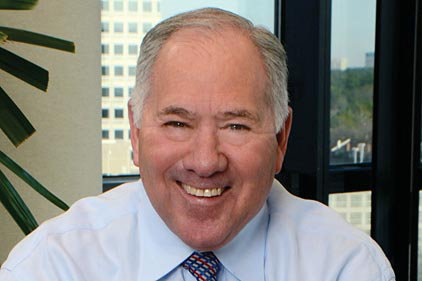Employers are currently experiencing an unprecedented set of headwinds. First, businesses are facing difficulties attracting and hiring a sufficient number of workers. As businesses attempt to resume full operations on the other side of the COVID-19 pandemic, consumers are likewise eager to return to their normal patterns of eating out, traveling, and shopping for more than essentials.
But a lack of workers has remained a thorn in the side of businesses and businesses have been forced to adapt to the extent possible. Restaurants have struggled to serve their returning customers. Grocery stores, fast food establishments, and retailers have increased the use of self-checkout and self-service kiosks. Airlines have delayed or cancelled thousands of flights due to pilot and attendant shortages. A lack of truck drivers has continued to snarl supply chains.
Employer’s hiring woes should really come as no surprise upon considering some critical facts. The unemployment rate is near a multi-year low, at 3.7% for August. Not long ago an unemployment rate of 5.5% was generally considered full employment. The labor participation rate, the percentage of working age Americans currently employed, on the other hand, is at its lowest level since the late 1970s.
Additionally, in what has been referred to as the Great Resignation, in the first several months of 2022, almost 4 million people per month voluntarily left their jobs. In most cases leaving one job was an attempt to improve compensation by moving to one of the 10 million or so open jobs in the country.
However, not all departing employees moved to a new job. A good number left for other reasons, such as burnout due to the pressures of the pandemic, to address childcare issues, or to seek more formal education to improve employment opportunities.
There has been a slight glimmer of hope recently for employers trying to manage employee turnover. As many as 4% of the employees who left their employment during the Great Resignation have boomeranged back to their former employers. In addition, the deteriorating economy is forcing some Baby Boomers who retired early due to pandemic-related fallout to return to the workforce.
A second major headwind facing employers is a largely disengaged workforce. Currently, millennials comprise the largest segment of the workforce and millennials generally prioritize work/life balance.
Employer’s current shortage of employees and inability to expeditiously recruit and hire new employees undoubtedly is fueling millennials’ perception that employers are not meeting their work/life needs and causing them to jump to jobs that address those needs. In the case of millennials, there is the added problem that they were already among the least engaged with their jobs.
Often, the primary reason employees stay in or leave a job stems from their treatment or the perception of their treatment by their supervisor or manager. Employees quit bosses, not companies. In a Hays study involving almost 2,000 employees, 43% said their company’s culture was the primary reason they were looking for a new job.
Employees cited a lack of communication and the inability to provide feedback as creating the perception their opinions were unimportant and not valued. Additional studies have shown that close to 80% of employees who quit their jobs point to a lack of appreciation as one of the primary reasons for leaving.
The challenge of facing employers with employees who may become easily dissatisfied and consider leaving a job that they perceive as not meeting their expectations is not insurmountable. Adopting an employee-friendly culture is a simple and inexpensive fix. Expressing genuine appreciation and treating employees as the valued assets they are should be part of all managers’ and supervisors’ daily routine.
Sincere efforts to make employees feel like they are part of the company and to remain truly engaged with employees on a daily basis can reduce employees’ motivations to move on for perceived greener pastures.
The third and final headwind confronting employers is how to reconcile wage increases with currently high inflation rates, while not knowing how long high inflation will persist. Current estimates are that the median wage increase in 2022 will be 3.4%. In a survey of more than 1,400 companies conducted by human resources advisory firm Willis Tower Watson, employers anticipate pay raises in 2023 to average 4.1%.
With inflation averaging approximately 8% over the past year, peaking at 9.1% in June 2022, employees are rapidly losing ground. However, inflation remaining flat year over year in July 2022 may provide a small ray of hope that it may begin to decline soon. But even if the Fed’s interest rate hikes are successful in reducing inflation over the coming months, inflation will still likely outpace the wage increases provided by many employers.
Once an employer grants a wage increase it is difficult if not impossible to claw back if economic conditions deteriorate. Thus, cautious employers are often slow to significantly raise wages based on the difficulty of determining long-term trends and their implications. According to compensation data and advisory firm Pay Scale, 51% of workers believe that they are paid below market even when they are paid at or above market rates.
This means that even without the impact of inflation employers, employees are likely to perceive their compensation as falling short. Employees that perceive themselves as underpaid are more likely to leave their job.
Employee raises have averaged 3% or so over the past 10 years. Unless inflation subsides to the 2% to 3% level, employers are going to see employee demands for wage increases far beyond this historical 3% average. In fact, some employee advocates are counseling workers to seek wage increases equal to inflation at a minimum and preferably 3% to 4% above the inflation rate to make up for lost ground. This is one headwind that will require deft maneuvering by employers in the midst of an uncertain business climate.
Thanks for reading CPA Practice Advisor!
Subscribe Already registered? Log In
Need more information? Read the FAQs
Tags: Accounting, Firm Management, Payroll, Staffing





